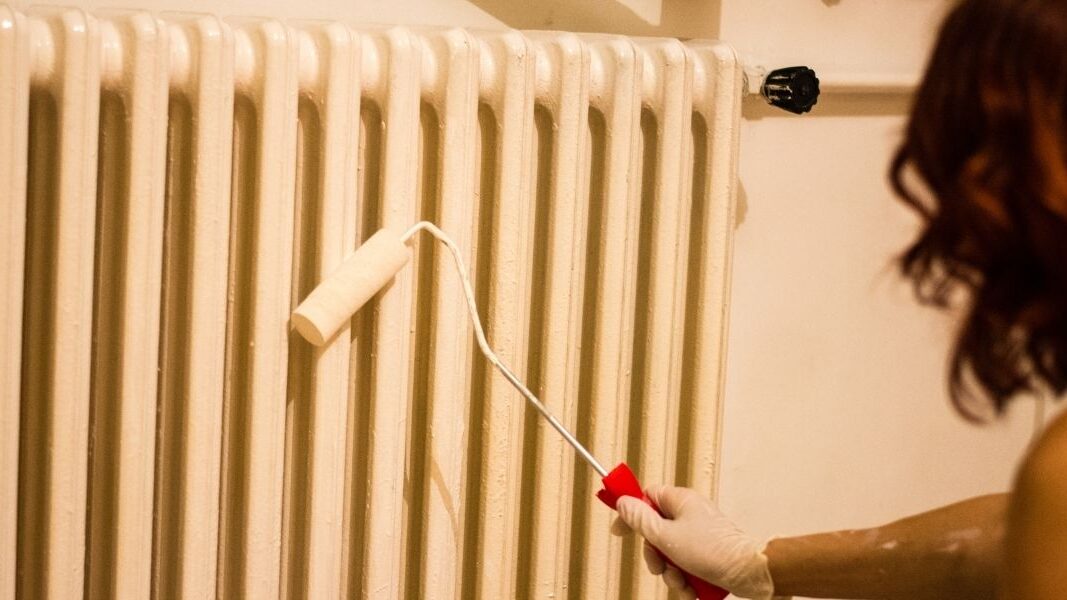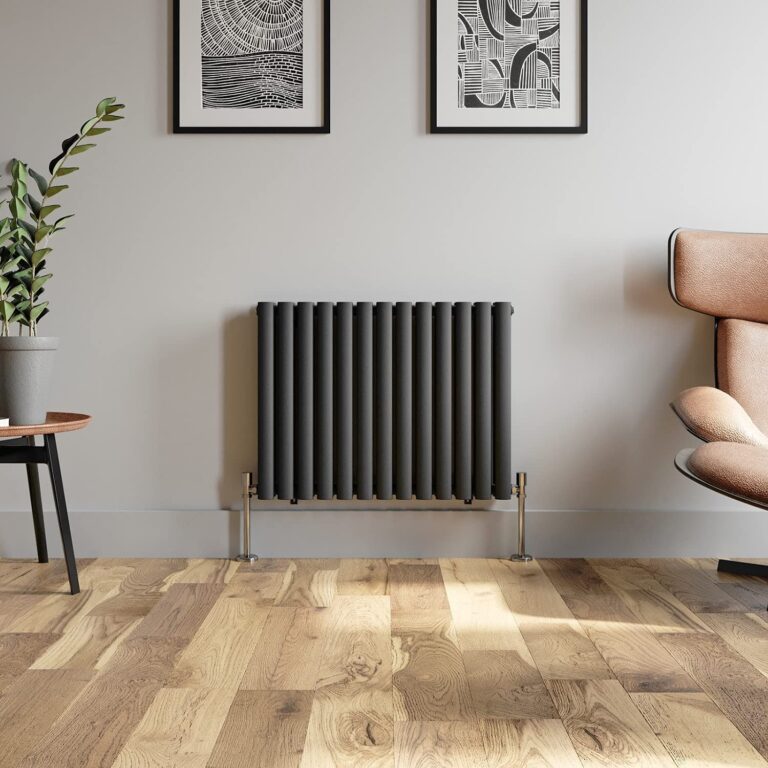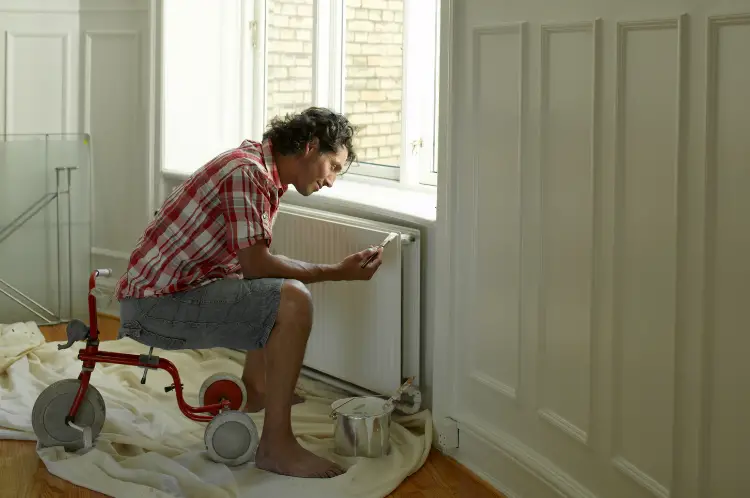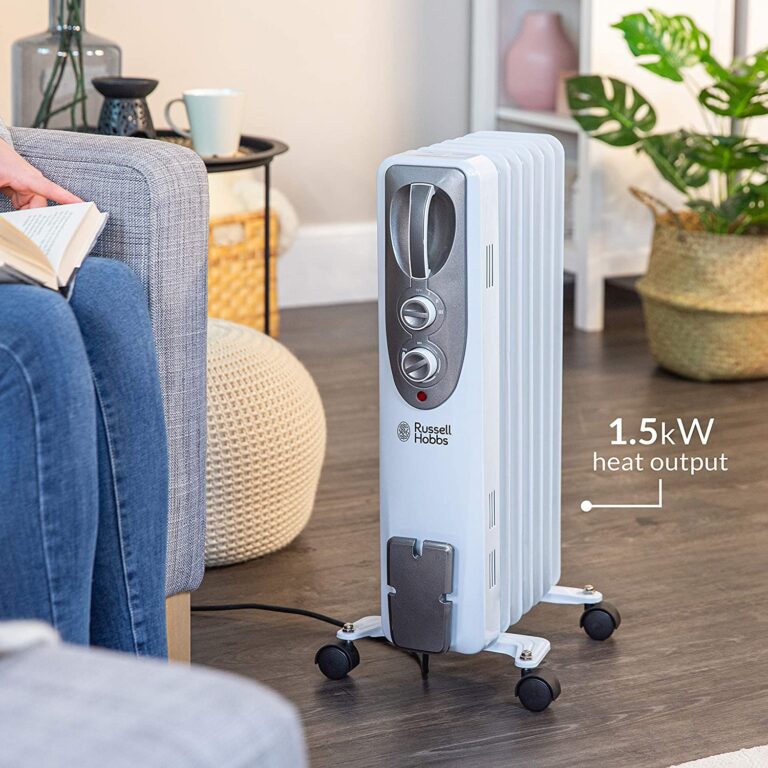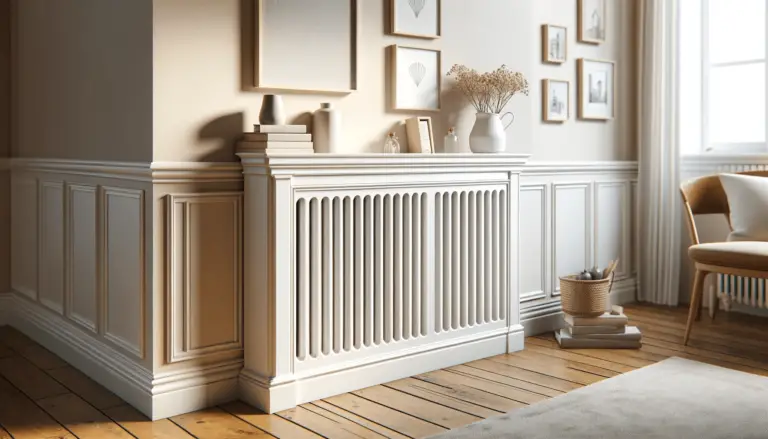It’s not uncommon for radiators to start rusting, particularly if they’ve been installed for a number of years and they’re coming towards the end of their lifespan. In this guide, we’re going to walk you through the exact steps you can take in order to safely and effectively remove radiator rust.
How easy is it?
Anybody can do it! Simply follow our guide on removing radiator rust and your radiator will be like new in no time.
How long does it take?
Removing radiator rust can take between 20-60 minutes to achieve a smooth and even finish. Larger, older radiators may take longer.
What tools will you need to remove radiator rust?
The first step for removing rust is to identify what tools will work best for the specific type of rust. For example, if the rust is stubborn or has been on the surface for a long time, then you should use stronger chemicals or a rust removing tools like WD-40, carbonic acid, or, even, wholesale radiator rust removal gel. If it’s just light surface rust then you can use a dry cloth or hot water to remove it.

It all depends on the type of radiator and how stubborn your rust is.
For example, chrome radiators, those mostly found in bathrooms, have a protective plating that functions as a hard-wearing cover that swath the stainless steel body of the unit or towel rail and stops it from rusting.
Nonetheless, over time, the chores plating might become scratched or damaged, or water droplets will start to pool on it — this means that it will start to show signs of corrosion, and their original sparkle will become dulled.
These types of radiators are extremely susceptible to scratch marks, so corrosive or hard tools are not advised. Other radiators, meanwhile, can take a beating.
The best ways to deal with a rusty radiator
Here are some easy, friendly, ecologically safe methods to clean out your radiator’s rust.
#1 — Baking soda and water
Apply a paste made from baking soda and water on the rusty area and wait until it has dried before scrubbing it off with a stiff brush. This will remove the rust without damaging the metal beneath.
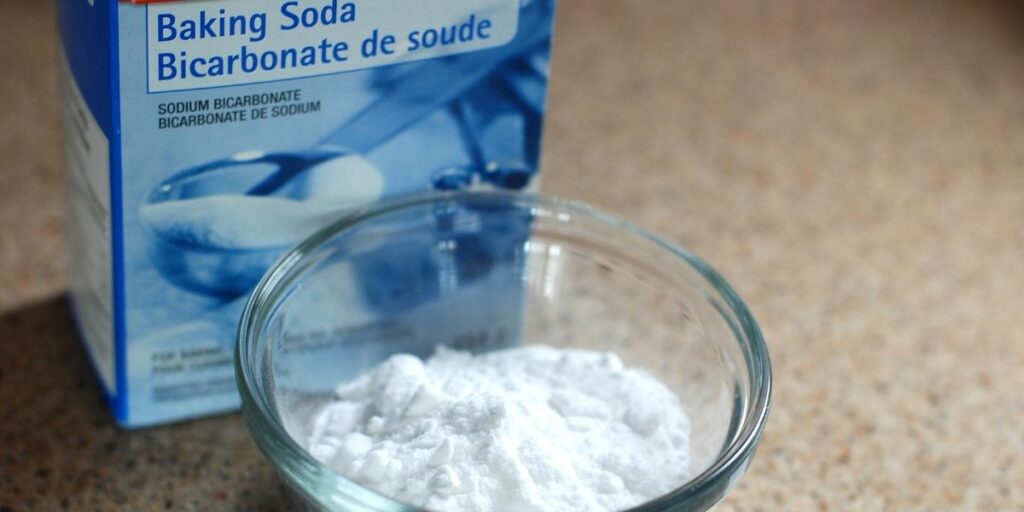
#2 — Aluminium Strips
Pro-tip if the rust is stubborn, avoid the temptation to grab a ball of steel wool — particularly with radiators that shine or are made off chrome. Instead, tear off strips of aluminium foil, bunch the strips into a loose ball, dung it to clean hot water, and gently scrub the rusted patch.
The aluminium mixed in with the water will produce a chemical reaction that will ultimately dissolve the rust. If you’re still having a problem, use a fizzy drink — the carbonic acid in them will supercharge the chemical reaction.
#3 — Salt
Mix salt and water in equal parts, then apply this solution over the rusty area and scrub away with a brush or sponge.
#4 — Vinegar
For really heavy rust stains, pour some vinegar into a bowl of water, dip your brush in it and scrub away at the stain until you have removed it.
#5 — Rust removal gel
Although not eco-friendly, but extremely efficient, there are dozens of brand names that offer rust removal gel. You can buy them at your local supermarket or hardware store.
#6 — WD-40
Finally, when in doubt, always have a can of WD-40 at hand. This age-old multi-tool is great for removing rust from metals like iron, chrome, and stainless steel with our imaging the surface or removing any of the pain.
What to do after you’ve removed the rust from a radiator?
Once the rust has been removed you’ll need to clean the radiator, otherwise more rust will form on top of it.
- Rinse the radiator: take a clean sponge or a microfiber cloth, dip it into a bowl of clean water and wipe down your radiator.
- Dry the unit: once rinsed, take your time and thoroughly, meticulously, dry your radiator unit. If you skip this step, and simply wait for the water to evaporate, then you will be left with streak and water spots that are incredibly hard to remove.
- Buff the metal surface: if you want to properly enhance your surface, and give your radiator a new shine, you might want to buff the metal. Take your dry microfiber cloth and gently apply pressure on the radiator’s surface as you slide into a circular motion all over it. For that extra magic, sprinkle a few drops of baby oil or a bit of hand polisher.
- (Optional) Give the radiator a re-vamp with a new paint job! It’s very quick and easy to paint a radiator a different colour and it’ll give it a whole new lease of life. Trust us, painting your radiator is a great way to enhance your home with minimal spend.
